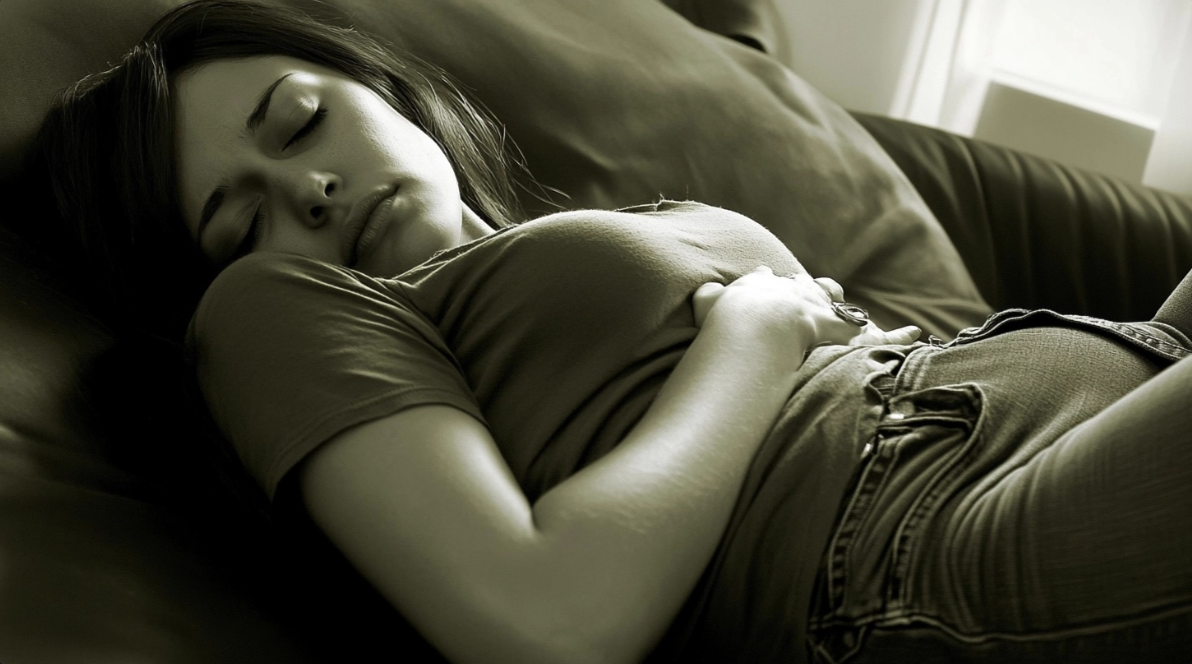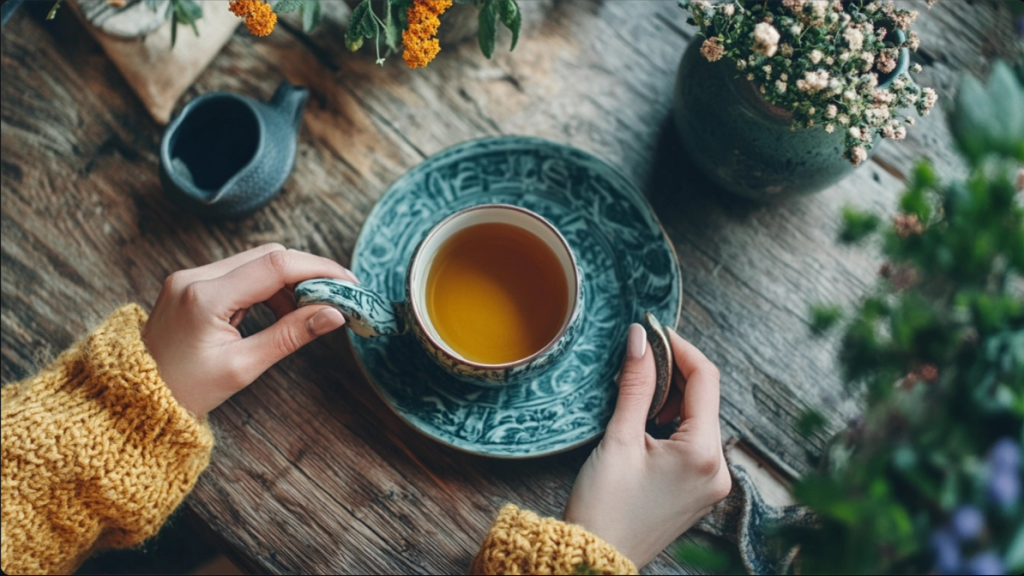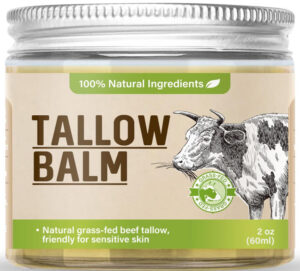No products in the cart.
No products in the cart.
Bladder incontinence can feel like an embarrassing secret, but it’s a lot more common than you’d think. For both men and women, it’s a condition that affects daily life in ways big and small—interrupting sleep, limiting activities, and even chipping away at confidence. Thankfully, understanding the causes and exploring natural treatments can make a real difference. Whether it’s strengthening muscles or making small lifestyle changes, there are ways to regain control and improve quality of life.
Bladder incontinence isn’t just a “leaky” inconvenience. It’s a medical condition that disrupts lives—whether you’re at work, at home with the kids, or out running errands. While it’s often whispered about, it’s something millions of people face daily. Recognizing the types and understanding how widespread it is can feel like the first step toward managing it. Let’s tackle this together.
Bladder incontinence happens when someone has trouble controlling their bladder. This can result in unwanted leaks, ranging from minor dribbles to full loss of bladder control. Not all incontinence is the same—there are different types, each with unique causes and triggers:
Each type can affect people differently, but the common thread is how much it interferes with daily life. Whether it’s skipping social outings or keeping a change of clothes on hand, bladder incontinence affects more than just the body—it impacts confidence and freedom.

Bladder incontinence is far more common than most people realize. It’s not just an “older person’s issue” either—this condition spans all age groups and genders. Consider these eye-opening statistics:
These numbers aren’t just statistics; they’re real people coping with daily challenges. And yet, many aren’t talking about it. Why? Stigma, embarrassment, or even a lack of awareness about treatments. The more we normalize the conversation, the easier it becomes to find solutions.
Understanding what bladder incontinence is and how common it is can help us take the next steps. Whether you or someone you know is affected, there’s no need to face it alone or in silence.
Bladder incontinence doesn’t just happen out of the blue—there’s nearly always an underlying reason. By understanding the causes, you can figure out what’s behind the leaks and start tackling the issue head-on. Let’s explore the factors that commonly lead to bladder incontinence.
Physical changes in the body can play a big role in bladder control problems. For many, it’s a combination of natural aging and life events that add up over time.
Surprisingly, day-to-day habits might be making incontinence worse. The way we eat, drink, and care for our bodies can either help or hurt bladder health.
Making small adjustments to these habits can reduce leaks significantly. Think of it like tightening the screws on a shaky chair—little fixes can go a long way.
Your mind has more power over your bladder than you might think. Stress and emotions can directly impact bladder health, even if they feel unrelated.
Caring for your mental health isn’t just good for your mind—it’s vital for your body too. Addressing these emotional factors can make a real difference.
For me, the journey with incontinence began after a prostate operation to address poor urinary flow. The surgery solved one issue but left me with another—now, I find myself needing to go every couple of hours. It’s like having a bladder with a nagging alarm clock that just won’t snooze.
What’s even tougher is how it shapes my daily life. Wherever I go, the first thing I do is scan for the nearest restroom. Social outings, long drives, even quick trips to the grocery store—everything revolves around planning those bathroom stops. It’s frustrating and, honestly, exhausting at times.
While it’s annoying, I’ve learned to adapt. I’ve started exploring natural remedies and exercises that might help strengthen my bladder function. It’s not an overnight fix, but every small improvement feels like a win. If this sounds familiar to you, trust me—you’re not alone in this challenge.
Tired of feeling like your bladder calls all the shots? You’re not alone—millions of people are searching for ways to manage bladder incontinence. While medical treatments can help, natural remedies often provide relief without added side effects. Let’s explore how simple changes and therapies can make a powerful difference.
What you eat and drink plays a bigger role in bladder health than you might think. By tweaking your diet, you can give your bladder a little extra support.
A few simple swaps in your grocery cart could mean fewer restroom sprints down the line.
Think of your pelvic muscles as the unsung heroes of bladder control. Stronger muscles mean fewer leaks—plain and simple. Pelvic floor exercises, often called Kegels, can help you take back control.
Think of it as giving your bladder’s support system a much-needed workout.
Nature has a way of coming through when you need it. Several herbal remedies are known for their ability to support bladder health and improve symptoms of incontinence.
Before diving into herbal remedies, you might want to chat with a healthcare provider—especially if you’re on medication. They can guide you on proper dosages and avoid any interactions.

When it comes to natural treatments, alternative therapies like acupuncture are gaining attention for their benefits in easing bladder incontinence.
Alternative therapies won’t fix things overnight, but they offer a holistic complement to other treatments. Plus, they can reduce stress, which is a win for your overall health.
Natural solutions can help you feel a little more in charge of your bladder—and your life. From adjusting your diet to exploring acupuncture, there’s something here for everyone.
Bladder incontinence can be frustrating to live with, but when should you call in the pros? It’s not always easy to know when it’s time to let a healthcare professional take a look. Some people wait too long, chalking symptoms up to “just getting older.” Others might feel embarrassed to bring it up at all. But here’s the thing: your health is worth the conversation. Let’s take a closer look at what you should pay attention to.
Keeping tabs on your symptoms is your first step. It’s like being the data collector for your own body. What’s happening, and when?
Write these details down somewhere handy—a notebook, your phone, even sticky notes stuck to the fridge. Tracking these changes over time can reveal patterns.
Also, pay attention to red flags that could signal something more serious:
These symptoms aren’t just “minor annoyances.” They could be signs of underlying infections, blockages, or other health issues that need medical attention. Think of it like strange noises coming from your car—it’s not something you can just ignore.
When symptoms are interfering with your daily life or raising concerns, it’s time to consult a professional. Remember: doctors are here to help, not judge.
Here’s why seeing a doctor matters:
Getting prepared can make appointments less stressful. Bring along that symptom tracker you’ve been keeping. Jot down questions ahead of time. Want to mention something specific but feel shy? Write it on a piece of paper, hand it to your doctor, and let them guide the conversation.
Remember, speaking up isn’t complaining—it’s advocating for your health. In the same way you’d call in an expert to fix a leaky roof, trusting a healthcare professional can get you closer to a solution.

Bladder incontinence doesn’t have to control your life. By understanding the causes and exploring natural treatments, you’re already taking a step toward better health. Small changes—like adjusting your diet, strengthening pelvic floor muscles, or reducing stress—can lead to big improvements.
Take ownership of your well-being, but don’t hesitate to seek medical advice if symptoms persist or worsen. Support is out there, and it’s okay to ask for help.
Your health and confidence are worth the effort. Start today and reclaim control, one day at a time.
Disclaimer:
The content of this post is provided for informational purposes only. It is essential to consult with a qualified healthcare professional before making any decisions regarding your health or wellness. The author is not a licensed medical professional, and this information should not be considered medical advice.
If you need any further information or assistance with this article, don’t hesitate to Contact Us
Karen Blake
BAHN-NLP
TFT-DX



